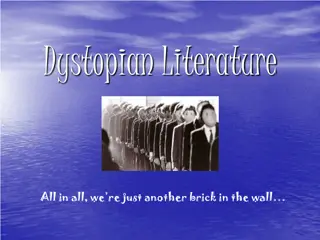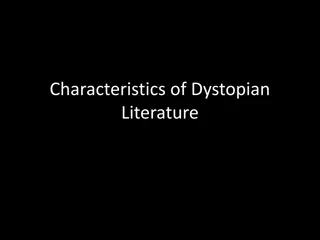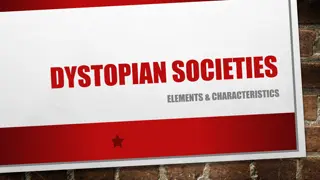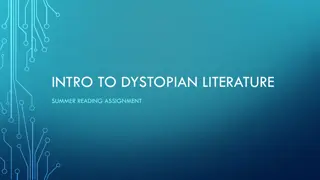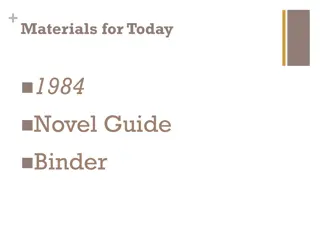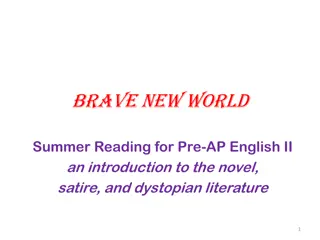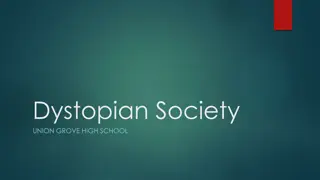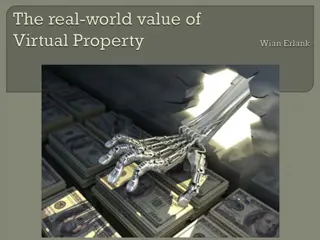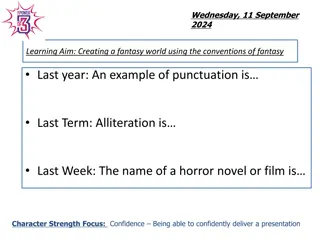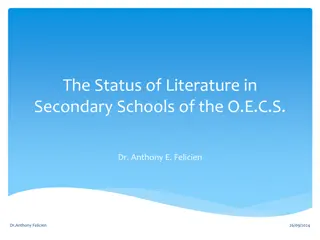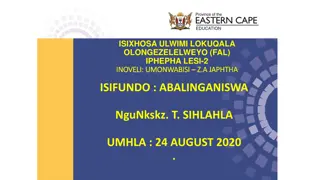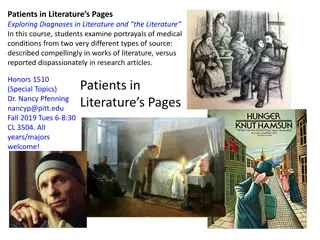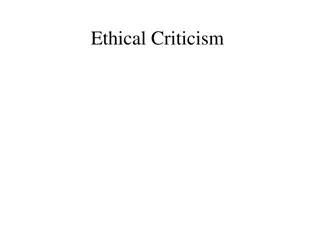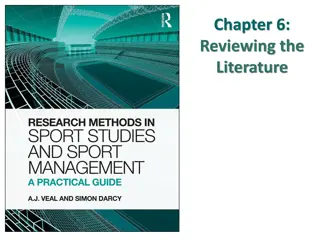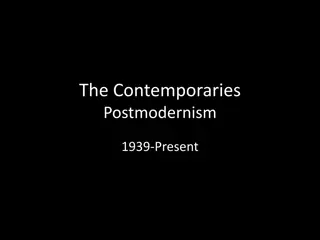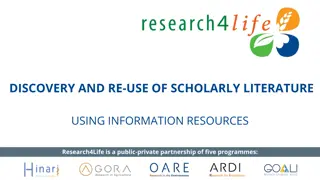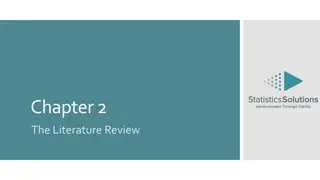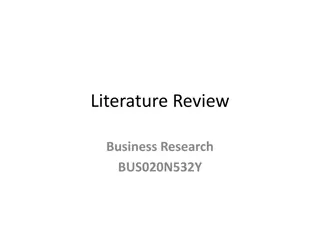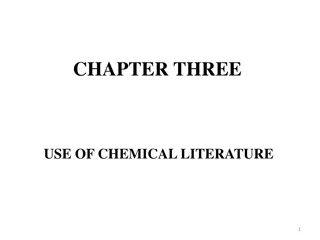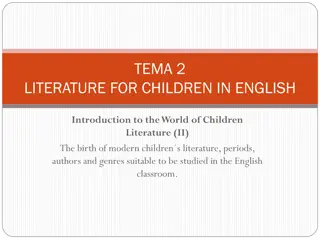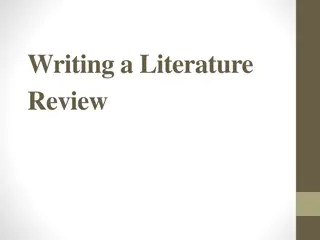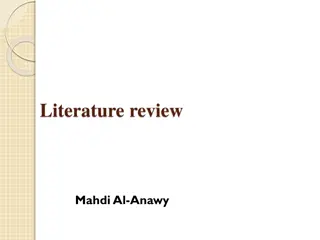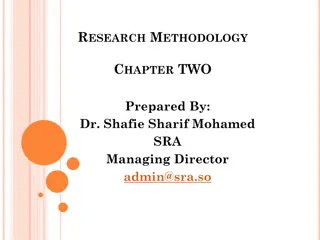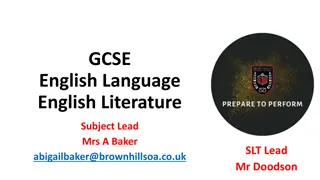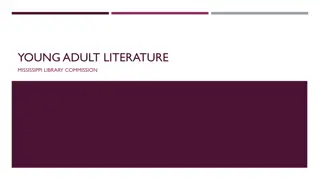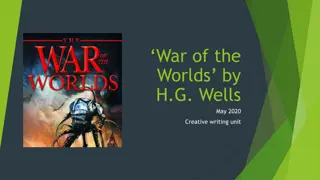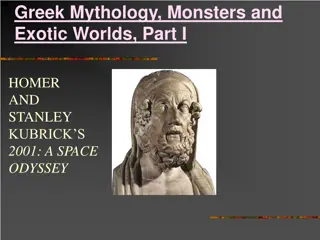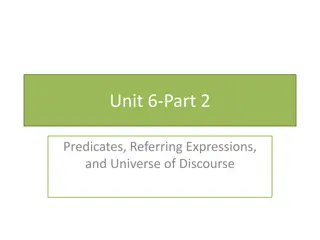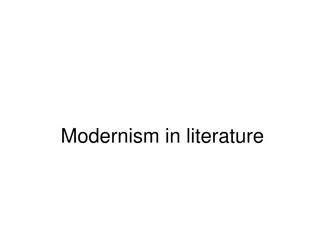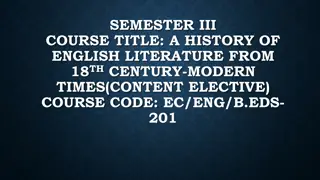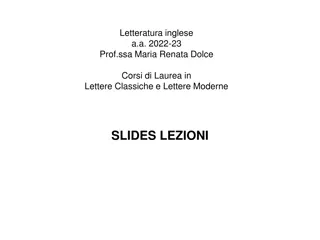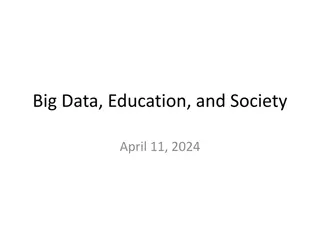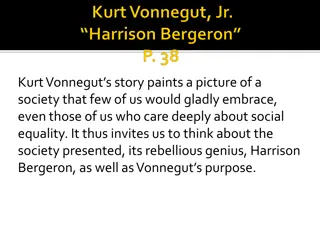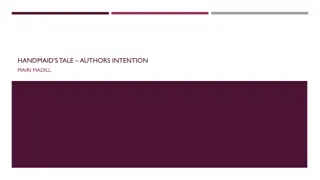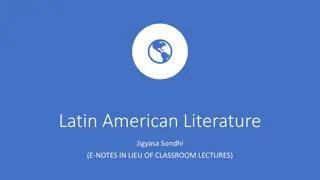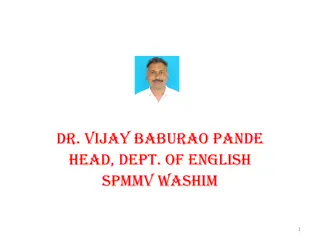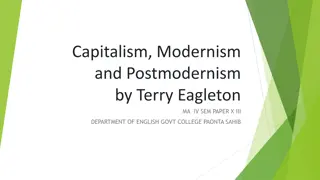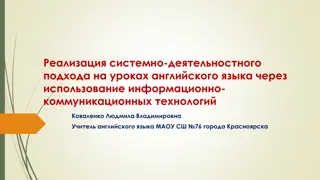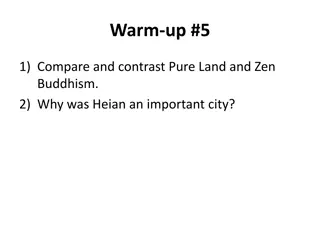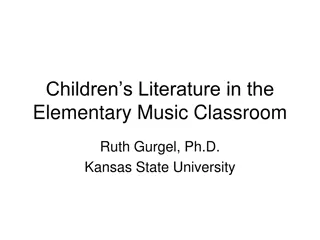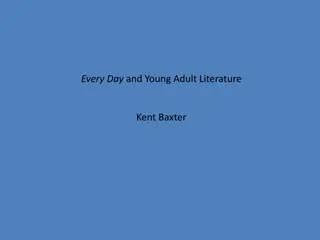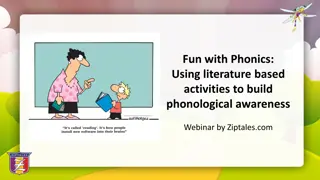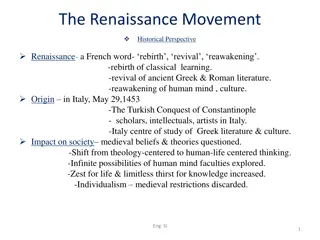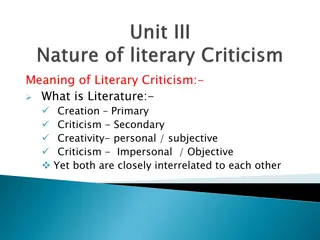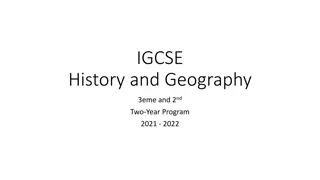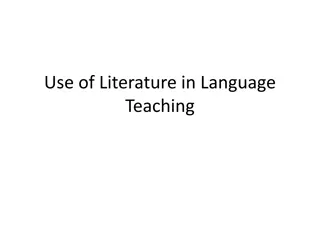Exploring Dystopian Worlds in Literature
Marrow Thieves presents a dystopian universe where societal control is oppressive. Dystopias criticize current trends by exaggerating worst-case scenarios. Characteristics include propaganda, limited freedom, and dehumanization. Types of control range from corporate to technological. Dystopian protagonists question and challenge flawed societies, shedding light on negative aspects. The continuum between utopia and dystopia highlights societal complexities and failures.
Download Presentation

Please find below an Image/Link to download the presentation.
The content on the website is provided AS IS for your information and personal use only. It may not be sold, licensed, or shared on other websites without obtaining consent from the author. Download presentation by click this link. If you encounter any issues during the download, it is possible that the publisher has removed the file from their server.
E N D
Presentation Transcript
Marrow Thieves Dystopia
Dystopia A futuristic, imagined universe in which oppressive societal control and the illusion of a perfect society are maintained through corporate, bureaucratic, technological, moral, or totalitarian control. Dystopias, through an exaggerated worst-case scenario, make a criticism about a current trend, societal norm, or political system.
Characteristics Propaganda is used to control the citizens of society. Information, independent thought, and freedom are restricted. A figurehead or concept is worshipped by the citizens of the society. Citizens are perceived to be under constant surveillance. Citizens have a fear of the outside world.
Citizens live in a dehumanized state. The natural world is banished and distrusted. Citizens conform to uniform expectations. Individuality and dissent are bad. The society is an illusion of a perfect utopian world.
Types of control Corporate control: One or more large corporations control society through products, advertising, and/or the media. Examples include Minority Report and Running Man. Bureaucratic control: Society is controlled by a mindless bureaucracy through a tangle of red tape, relentless regulations, and incompetent government officials. Examples include 1984 by George Orwell.
Technological control: Society is controlled by technology through computers, robots, and/or scientific means. Examples include The Matrix, The Terminator, and I, Robot. Philosophical/religious control: Society is controlled by philosophical or religious ideology often enforced through a dictatorship or theocratic government. Examples include The Handmaid s Tale.
Dystopian protagonist Often feels trapped and is struggling to escape. Questions the existing social and political systems. Believes or feels that something is terribly wrong with the society. Helps the audience recognizes the negative aspects of the dystopian world through their perspective.
Continuum not opposites Utopia good place (Thomas More) Dystopia bad place (Utopia gone wrong John Stuart Mill) Failed utopia: 1516 More and first Jewish ghetto (conquest of New World simultaneously held out the promise of remaking one part of humanity while enslaving another) Utopia of opulence and consumption might be understood as generating a dystopia of scarcity and environmental degradation
Dystopian elements in Mores Utopia The country was founded by civilizing its barbarians and then artificially isolating a peninsula by transforming it into a fortified island Utopia remains an imperial power - when overpopulated it sends out colonies, seizing the uncultivated land of indigenous peoples, and driving out any who resist them Well-paid mercenaries keep enemies at bay Utopia s peace and plenty now seem to rest upon war, empire, and the ruthless suppression of others
Early models of utopias Tommaso Campanella s The City of the Sun (1623), sexuality restricted, purity emphasized Unity, order, homogeneity prevail at cost of individuality and diversity Difference: who decides the collective good? Who benefits? Who is excluded?
Dystopian regime: defined by extreme coercion, inequality, imprisonment, and slavery Often some concept of collectivism run wild: extreme devotion to common good (despotic rather than consensual) Obsession with enemies (determination to eliminate them while simultaneously creating them anew as a means of justifying the power of the regime)
Prototypes of dystopia: militarized societies, slavery, political despotism, prisons, ostracism of diseased Fear of groups we see as threatening wavers with fluctuations in majority sentiment across time A history of collective anxiety (discourses of crisis) Post WWII dystopias: nuclear age, environmental degradation, progress of mechanization (blurring human/machine), cultural degeneration (hedonistic consumption), war on terror
Why dystopian YA? Inherited hierarchical systems of individual identity and the larger social and political world are challenged during struggle for survival Construction of childhood ambiguous: symbol of hope for better, more egalitarian world/helpless victim of oppressive power dynamics of adults Ideal world that by its example urges us to improve ourselves vs ominous nightmare scenario warning us of repressive futures that seem all too possible Promising vehicle to depict adolescent s political and social awakening/mediation of adult authority and institutions Issues of control and power
Dystopian lit Includes: a vivid and descriptive setting, individuals in charge with absolute power, a strong protagonist shaped by the current situation, a conclusion that has elements of unease and hope YA: ongoing process of identity formation - seek meaning and inspiration in their surroundings; to resist ascribed identities, and to search for a sense of belonging in the sociopolitical landscape in which they are often marginalized due to their race, gender, youth, and/or language
Connecting with Indigenous/non- Indigenous readers "I wanted Indigenous readers to feel strong and powerful. I wanted them to see a narrative that actually is reminiscent of my own understanding of being an Indigenous person: That no matter what happens, you always belong to our land, we're always going to belong to each other and we'll seek each other out. I wanted to break down some of the isolation that Indigenous youth might feel. To feel like they belong. To know that they belong to a larger community and they're loved." "I wanted to reach non-Indigenous readers at an age where the book could change their view of Indigenous people. We're often seen as either this primitive society or this trauma narrative. Those are two very specific, isolated pieces of who we are, who we can be or who we have been. I wanted them to see an ongoing Indigenous identity. I set it in the future so that those barriers of guilt weren't thrown up, and instead they can say, 'Well, this can't happen. We need to make sure it doesn't happen.'"


